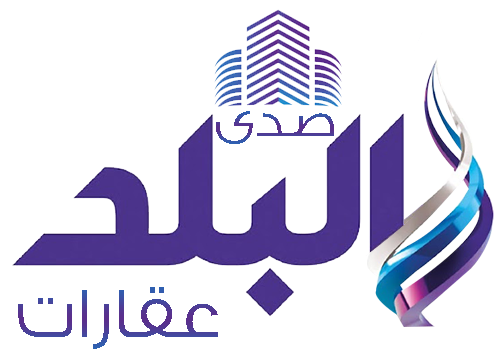Egypt has many Roman monuments and objects that are perhaps not well-known or visited by many tourists. These sites range from a now-Roman Odeum to statues, columns, and even the Fort Babylon in Old Cairo.
Roman Odeum at Kom El-Dikka

The location of this site is very convenient as it is located very close to the central train station. It’s only a short walk of about one kilometer from downtown.
Many tour directories have a common notion that Kom el Dikka, also known as Mound of Rubble, does not have much to see. However, we have a different opinion. Aside from the archeological work that has been ongoing since 1960, one can spend hours at Kom el Dikka admiring the city’s ruins. The Villa of the Birds boasts lovely mosaics, and visitors can even take a break from the hustle and bustle of modern Alexandria.
The Roman amphitheater was first discovered in 1959 by developers who were excavating for a new block of homes. The excavated area is now vast as archaeological work has spread well beyond the initial discovery. A Polish team handled the digging, and they have placed detailed signposts around the site making it easy to visualize what this area of the city was like from the third to the fifth centuries CE.
The entire ancient city is well below contemporary street level and is situated in the busy area of Alexandria. Upon entering the site, visitors will be amazed to realize that Kom el Dikka is right across from the train station where many people purchase tickets to Cairo. From the street, you can barely see anything of the ancient city except for the beautiful plantings in the fence of the immediate neighborhood.
Fort Babylon in Old Cairo

Fort Babylon, a grand circular structure located near the Coptic Museum and the Greek Orthodox St. George Church, is an often-overlooked historical site in the old Coptic area of Cairo. Tourists tend to neglect this site, and even some tour guides fail to mention it.
The Romans constructed Fort Babylon on the southern end of the old Pharaonic town of Per-Hapi-On, which means "The river house of On". The fort was meant to secure transportation along the Nile between Upper and Lower Egypt and was strategically positioned to overlook the river. In the present day, very little remains of the fort's former glory.
According to some historians, the name "Fort Babylon" originated from the mispronunciation of Per-Hapi-On by the Romans. Others believe it was named after a group of captives from Babylonia who were brought there during the time of Sesostris.
In 300 C.E., Roman Emperor Diocletian created Fort Babylon as the stronghold for three legions tasked with securing Egypt. The garrison of Fort Babylon was responsible for securing ships on the Nile and a canal that passed through the town, connecting the Nile with the Red Sea. This canal was first established by the Pharaohs and later restored and expanded by Roman Emperor Trajan. The fort was renovated and fortified by the Roman Emperor Arcadius.
The harbor at Fort Babylon prospered, welcoming ships from the Red and Mediterranean Seas. The city flourished and became Egypt's center of commerce, prompting the Roman emperors and governors to allocate resources for enlarging the garrison and supporting the city.
Alexandria Graeco-Roman Museum

Established in 1892, the Alexandria Graeco-Roman Museum was first housed in a five-room apartment on Rosetta Street (now Horriya), then moved to a larger building near Gamal Abdul Nasser Street.
The largest Museum of Roman and Greek Antiquities in the Mediterranean region was opened in 1895 by Khedive Abbas II. The museum edited the Bulletin of the Alexandria Archaeological Society.
The museum features valuable artifacts from Egypt's Graeco-Roman period, including a black granite sculpture of Apis, the sacred bull of the Egyptians, mummies, sarcophagi, tapestries, and other objects.
The museum's collection includes donations from wealthy Alexandrians, excavations by successive directors within the town and environs, objects from the Organization of Antiquities at Cairo, and various digs in Fayoum and Benhasa.
It is housed in a historic building with a beautiful neoclassical facade of six columns and a pediment bearing the large Greek inscription ‘MOYΣEION’ ("MOUSEION").















